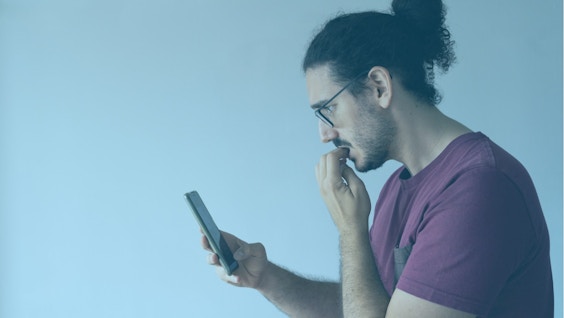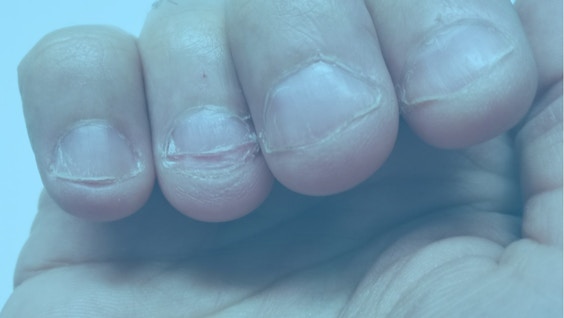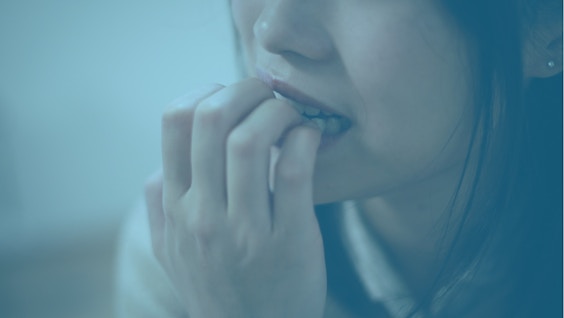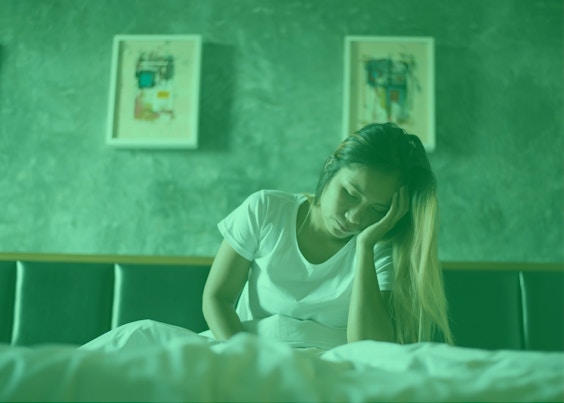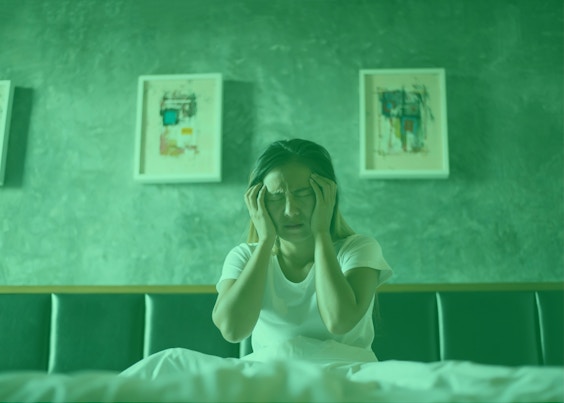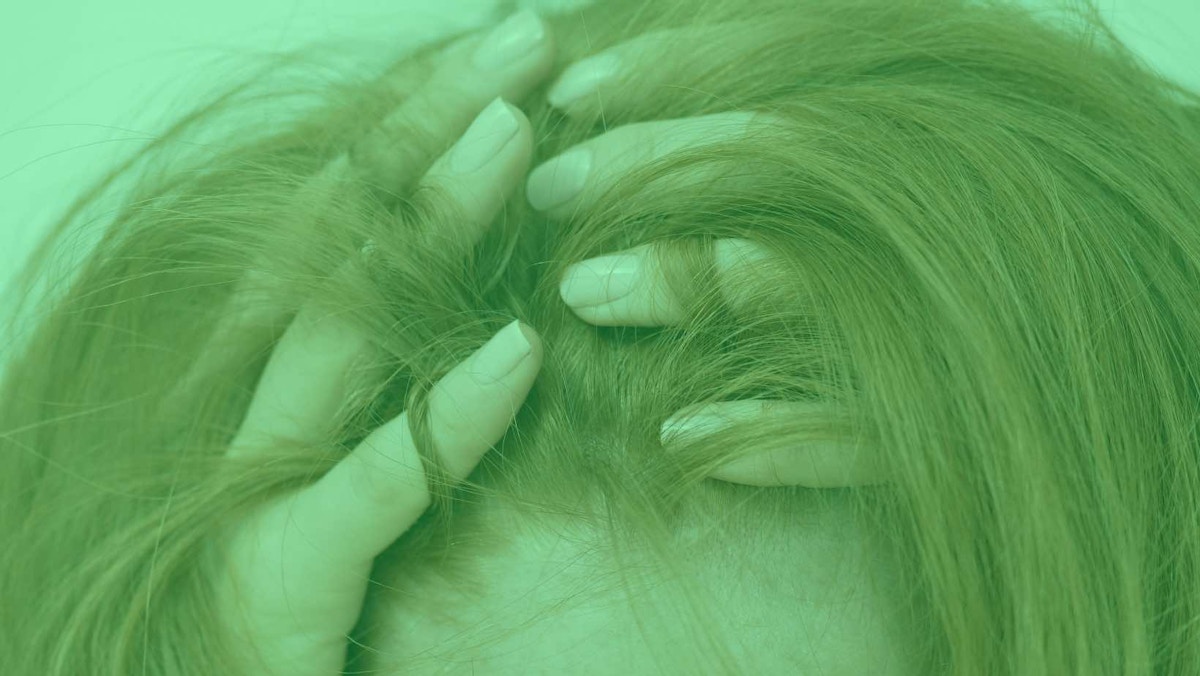
Hair Pulling Disorder: Symptoms, Causes, and Treatment
Last Updated: Tue, January 23, 2024We all deal with stress in several ways. For people with trichotillomania or hair pulling disorder, that includes an overwhelming urge to pull their own hair. Over time, repeatedly pulling their hair out results in bald spots and even more emotional distress.
But what exactly is a hair pulling disorder? What are its symptoms and causes? Are there treatments available?
In this article, we will talk about hair pulling disorder, its symptoms, its risks, and how you can successfully recover from it.
What Is Trichotillomania or Hair Pulling Disorder?
Trichotillomania (TTM) is a mental disorder characterized by an overwhelming need to pull out one’s own hair. Research suggests that 0.5 to 2% of people suffer from this condition.
In childhood, those who have a hair pulling disorder focus on pulling out the hair on their scalp. Moreover, they usually focus on one or two areas.
However, people with TTM or hair pulling disorder do not limit hair pulling to their scalp. They also pull hair from other areas such as their lashes, armpits, and eyebrows. Over time, excessive hair pulling leads to bald spots.
Trichotillomania or hair pulling disorder typically develops during one’s adolescent years. However, it can develop among young children, too.
Once the symptoms manifest, they can continue for many years up until adulthood. Hair pulling disorder affects males and females equally in childhood. However, it affects females more often during adulthood.
Symptoms of Hair Pulling Disorder
Here are the signs and symptoms of trichotillomania or hair pulling disorder:
● Repeatedly pulling your hair out from any area with hair including lashes, brows, and armpits
● A sense of tension before pulling your hair out
● A sense of pleasure after pulling your hair
● A sense of tension when you try to resist hair pulling
● Hair loss, balding, or hair thinning
● Preference for specific types of hair
● Liking routines that come with hair pulling
● Chewing, biting, or eating pulled-out hair
● Playing with pulled-out hair
Many people who have this disorder also pick on their skin. They also bite their nails or chew the skin from their lips. Sometimes, they pull hair from toys, pets, or other things like clothes and blankets.
In addition, those who suffer from trichotillomania pull their hair in private. They also hide the issue from others.
Furthermore, for people with hair pulling disorder, hair pulling can be:
● Focused. Some people pull their hair on purpose to relieve stress or tension. For instance, they pull their hair to get over the urge to pull hair. Some may also create rituals for hair pulling like chewing, biting, eating, or brushing pulled hair.
● Automatic. Some people pull their hair without being aware of it. They automatically do it when they do something else such as watching movies and reading.
In some cases, people may have both focused and automatic hair pulling. What transpires usually depends on their mood and situation.
Causes of Hair Pulling Disorder
These factors likely increase the risk of having hair pulling disorder:
1. Genetics
Genetics may play a key role in the development of hair pulling disorder. Trichotillomania likely occurs among those with a family member with the disorder.
2. Age
Hair pulling disorder usually develops before or during the early teens — most often between the ages of 10 and 13 years. It often progresses to being a lifelong problem. Infants also tend to pull hair, but this is usually mild. It also often goes away on its own.
3. Other Disorders
People who suffer from hair pulling disorder may also have other disorders like obsessive-compulsive disorder (OCD), depression, or anxiety.
4. Stress
Extremely stressful events can also trigger trichotillomania in some people. They often pull hair to experience relief from such situations.
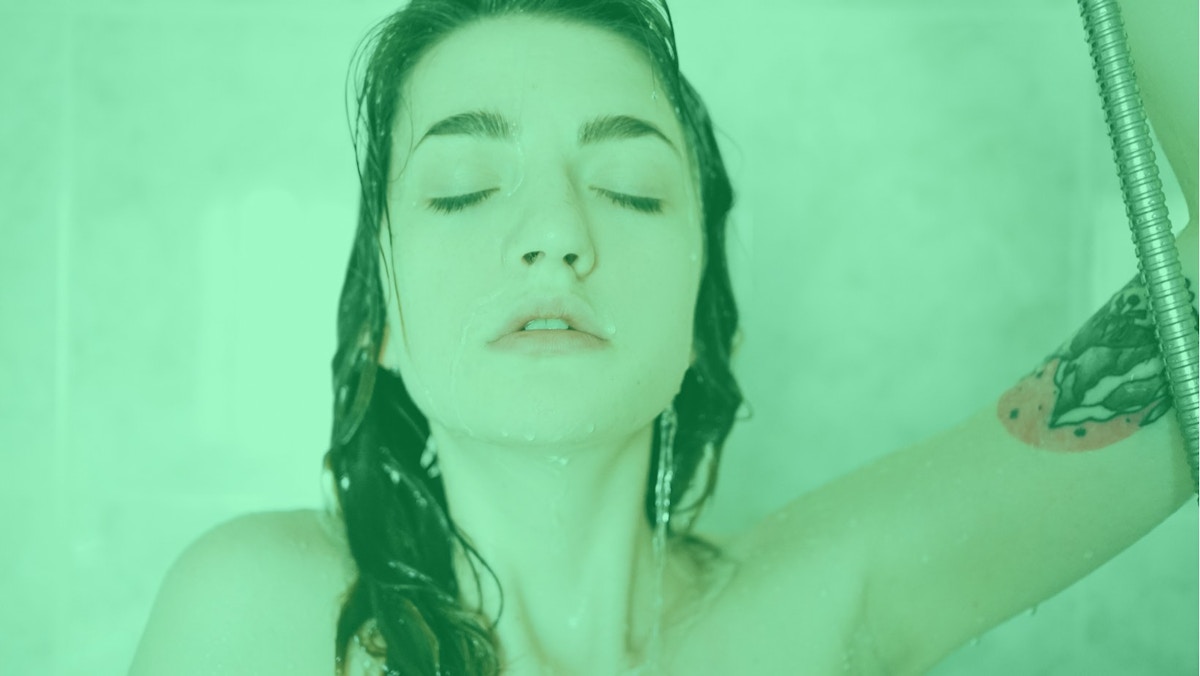
Treatments for Hair Pulling Disorder
Although far more women than men get treatments for hair pulling disorder, this can be attributed to the fact that women more likely seek medical advice. In early childhood, males and females seem to be equally affected by the disorder.
However, treatment options have helped several people decrease hair pulling or stop it entirely. Treatments for hair pulling disorder or trichotillomania include:
1. Habit Reversal Training
This behavioral therapy is the main treatment for hair pulling disorder. During habit reversal training, you learn how to identify situations where you're likely to pull your hair. Then, you will learn how to substitute it with other actions instead.
For instance, you might squeeze a stress toy to stop the urge or get your hand away from your hair. Other types of therapies can be together with habit reversal training.
2. Cognitive Therapy
This type of therapy helps you identify and examine distorted beliefs related to hair pulling. By knowing such beliefs, you and your therapist will be able to find ways to overcome them.
3. Acceptance and Commitment Therapy
Acceptance and commitment therapy helps you accept your hair-pulling urges. By doing this, you can embrace them without having to act on them. Eventually, you will be able to live a sober life free from the dangers of excessive hair pulling.
Conclusion
If untreated, hair pulling disorder results in substantial psychosocial dysfunction. In rare cases, it can lead to life-threatening issues.
Using a sobriety app for support and therapies that help with other mental health issues often linked to hair pulling, such as depression, anxiety, or substance abuse, are crucial parts of treatment plans.
I Am Sober is a free app that helps you get some control back in your life.
